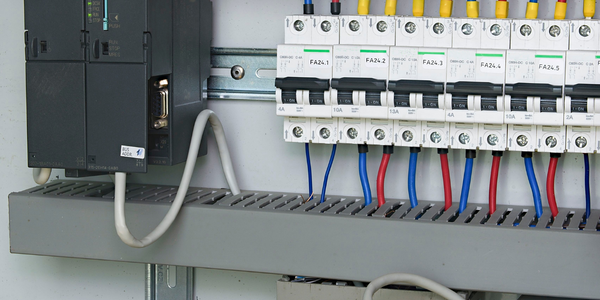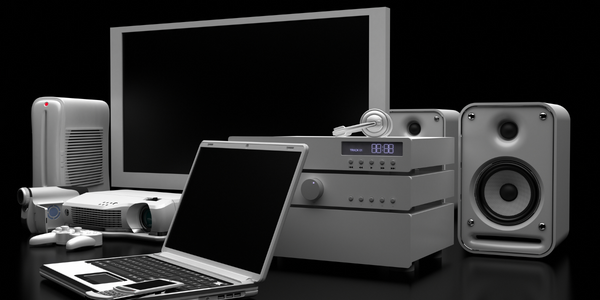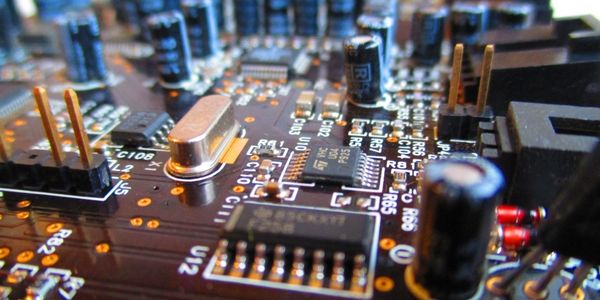技术
- 处理器与边缘智能 - 微控制器与印刷电路板 (PCB)
适用行业
- 电子产品
- 玻璃
适用功能
- 产品研发
- 质量保证
用例
- 最后一英里交付
- 视觉质量检测
服务
- 测试与认证
- 培训
关于客户
Sanden Vendo America Inc. 总部位于德克萨斯州达拉斯,是一家全球饮料自动售货机供应商。该公司设计、制造和销售技术创新产品,包括可编程电子自动售货机、可容纳各种尺寸和形状塑料瓶的大容量机器,以及接受借记卡和智能卡的机器。 Sanden Vendo 与世界各地众多的销售、服务和制造业务合作,并继续将其业务范围扩展到非洲、中东、拉丁美洲和东欧等市场。 1999 年,Sanden Vendo 获得了 ISO 9001 认证,并继续推行其他多项质量举措。
挑战
Sanden Vendo America Inc. 是一家总部位于达拉斯的公司,在自动售货设备的设计、制造和销售方面拥有 60 多年的经验,该公司决定在自动售货机中采用电子控制,将其业务提升到一个新的水平。三年前,该公司决定通过购买合适的原理图输入和 PCB 布局软件,将其业务的电子设计部分转移到内部。该决定旨在实现更快的设计周转时间、提高 IP 安全性和更严格的设计控制。然而,此举也带来了潜在的挑战,例如软件的学习曲线、效率和技术支持质量。为了保持其在自动售货机行业的领先地位,Sanden Vendo 需要电子设计工具来促进其创新设计,同时不会造成生产延迟或质量控制方面的妥协。
解决方案
为了寻找最终的软件解决方案,Sanden Vendo 评估了多个设计软件包,包括 OrCad® capture 和 Altium Designer。鉴于他们是电子设计软件的首次用户,他们对软件供应商的易用性和客户支持方面的要求尤其重要。决定向 Sanden Vendo 的工程部门员工提供该软件,而不是引入专门的 PCB 设计专家,因此必须找到一个直观、易于使用的软件包。经过评估后,Sanden Vendo 发现 Altium Designer 明显胜出,在四个关键领域表现出色;质量、易用性、价格和售后服务。借助 Altium Designer,Sanden Vendo 能够进行其最雄心勃勃的自动售货机设计 - “Glass Front Vendor”,这是世界上第一台使用机器人技术的自动售货机。
运营影响
数量效益

Case Study missing?
Start adding your own!
Register with your work email and create a new case study profile for your business.
相关案例.

Case Study
Remote Temperature Monitoring of Perishable Goods Saves Money
RMONI was facing temperature monitoring challenges in a cold chain business. A cold chain must be established and maintained to ensure goods have been properly refrigerated during every step of the process, making temperature monitoring a critical business function. Manual registration practice can be very costly, labor intensive and prone to mistakes.

Case Study
Predictive maintenance in Schneider Electric
Schneider Electric Le Vaudreuil factory in France is recognized by the World Economic Forum as one of the world’s top nine most advanced “lighthouse” sites, applying Fourth Industrial Revolution technologies at large scale. It was experiencing machine-health and unplanned downtime issues on a critical machine within their manufacturing process. They were looking for a solution that could easily leverage existing machine data feeds, be used by machine operators without requiring complex setup or extensive training, and with a fast return on investment.

Case Study
Cloud Solution for Energy Management Platform-Schneider Electric
Schneider Electric required a cloud solution for its energy management platform to manage high computational operations, which were essential for catering to client requirements. As the business involves storage and analysis of huge amounts of data, the company also needed a convenient and scalable storage solution to facilitate operations efficiently.

Case Study
Leveraging the IoT to Gain a Competitive Edge in International Competition
Many large manufacturers in and outside Japan are competing for larger market share in the same space, expecting a growing demand for projectors in the areas of entertainment, which requires glamor and strong visual performance as well as digital signage that can attract people’s attention. “It is becoming more and more difficult to differentiate ourselves with stand-alone hardware products,” says Kazuyuki Kitagawa, Director of Service & Support at Panasonic AVC Networks. “In order for Panasonic to grow market share and overall business, it is essential for us to develop solutions that deliver significant added value.” Panasonic believes projection failure and quality deterioration should never happen. This is what and has driven them to make their projectors IoT-enabled. More specifically, Panasonic has developed a system that collects data from projectors, visualizes detailed operational statuses, and predicts issues and address them before failure occurs. Their projectors are embedded with a variety of sensors that measure power supply, voltage, video input/ output signals, intake/exhaust air temperatures, cooling fan operations, and light bulb operating time. These sensors have been used to make the projector more intelligent, automatically suspending operation when the temperature rises excessively, and automatically switching light bulbs. Although this was a great first step, Panasonic projectors were still not equipped with any capability to send the data over a network.









